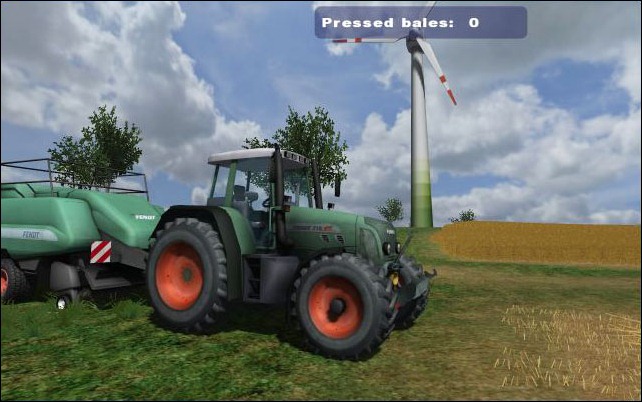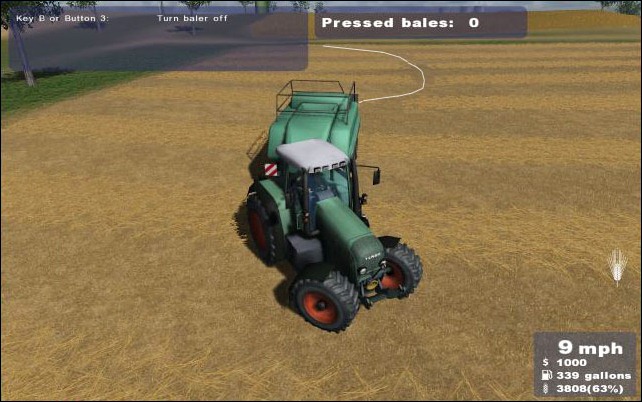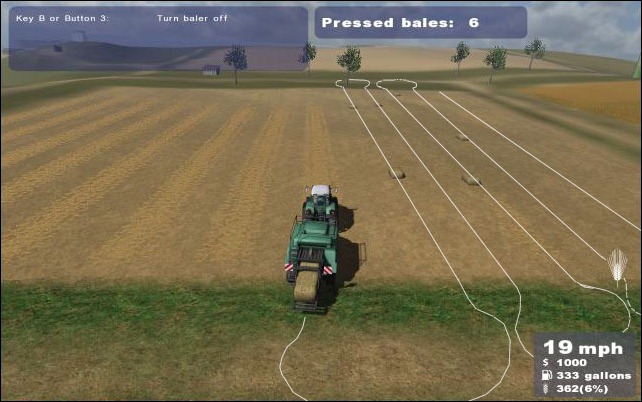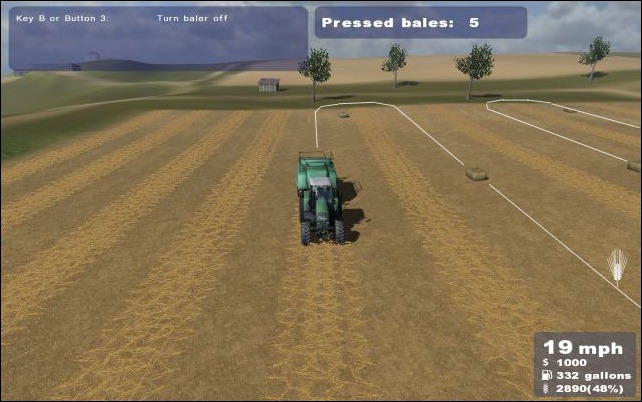Don’t take the title the wrong way, this post is all business.
With conventional training, your staff learns competency. This is training for the basics – and that’s about where it stops until operators start getting hands-on experience. With simulation training, performance can be enhanced beyond basic competency prior to real-world experience. Further, seasoned operators can play out optimization experiments in a simulation environment which might not be practical or are too time consuming in a real-world situation.
The 3 stages of performance:
- Learning to Do
- Learning to Do Quickly
- Learning to Do Optimally

Let’s say that your business revolves around the efficient operation of farmer equipment. Safe operation is the baseline requirement, but beyond that, your most efficient operators are the one that really pay the bills.
Learning to Do

The first stage of training is just learning how to get the job done.
In the hay baling example above, a new simulation trainee learns how to steer the hay baler and begin the hay collection and baling process. Their route is semi-random as they’re getting their bearings.
Learning to Do Quickly

After mastering the basic techniques of operating the equipment, the operator takes a systematic approach and goes row by row to collect and bale hay.
Learning to Do Optimally

By experimenting within the simulation environment, and reinforced by a tight feedback loop of performance assessment, scoring, and timing, the operator discovers an optimal approach. By taking every other row, the time consuming tight turn-around at the end of each row is eliminated and scores improve.
Bottom Line
Even in a situation as trivial and simple as the efficient operation of a hay baler, optimization techniques can be found through experimentation. The key is that the operator is having a direct experience with the training material and is able to do trial and error refinements that aren’t possible in training that is non-experiential. Consider the optimization opportunities that are present in other systems which aren’t so simple, and the value of simulation training is clear.
